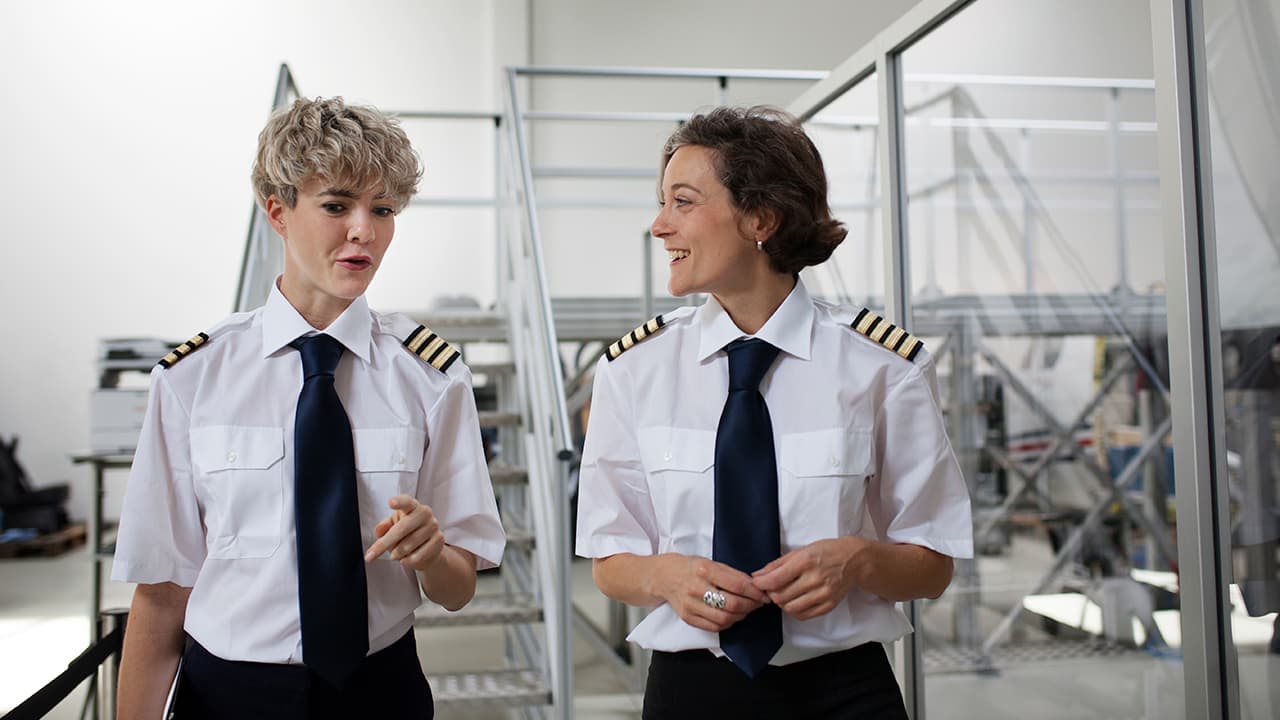When we think about sleep apnea, the image that often comes to mind is of a middle-aged man snoring loudly. But that stereotype hides a deeper truth: sleep apnea is not just a men’s health issue. It’s a silent epidemic among women too, especially those in high-performance, high-pressure professions like aviation.
As the number of female pilots continues to grow, it’s time to talk about the unique challenges they face when it comes to sleep. Irregular schedules, circadian disruptions, and the chronic fatigue that often accompanies a pilot’s lifestyle can mask the signs of sleep disorders, especially in women, where symptoms tend to be less obvious.
Did You Know?
Women with sleep apnea are less likely to be diagnosed because their symptoms often differ from the “classic” ones. Instead of loud snoring or daytime sleepiness, women may experience insomnia, headaches, fatigue, or mood changes. These subtler signs are frequently overlooked or misattributed to stress, hormones, or anxiety.
But make no mistake, untreated sleep apnea in women can have serious consequences, including increased risk of high blood pressure, heart disease, and metabolic disorders. And for pilots, where focus and alertness are critical, the stakes are even higher.
At ESD Health, we’re committed to improving sleep health for all professionals in aviation, not just the ones who fit the traditional profile. That’s why we use 𝐭𝐡𝐞 𝐎𝐧𝐞𝐫𝐚 𝐒𝐓𝐒, a revolutionary, easy-to-use sleep testing system that can be done at home. It’s fast, accurate, and FAA-compliant empowering pilots to get the answers and care they need without unnecessary delays.
Sleep is not a luxury. It’s a vital part of safety, performance, and long-term health.
Let’s challenge the myths. Let’s open the conversation.
And let’s make sure 𝐞𝐯𝐞𝐫𝐲 𝐩𝐢𝐥𝐨𝐭 gets the sleep support they deserve, especially the women who are taking the skies by storm.
